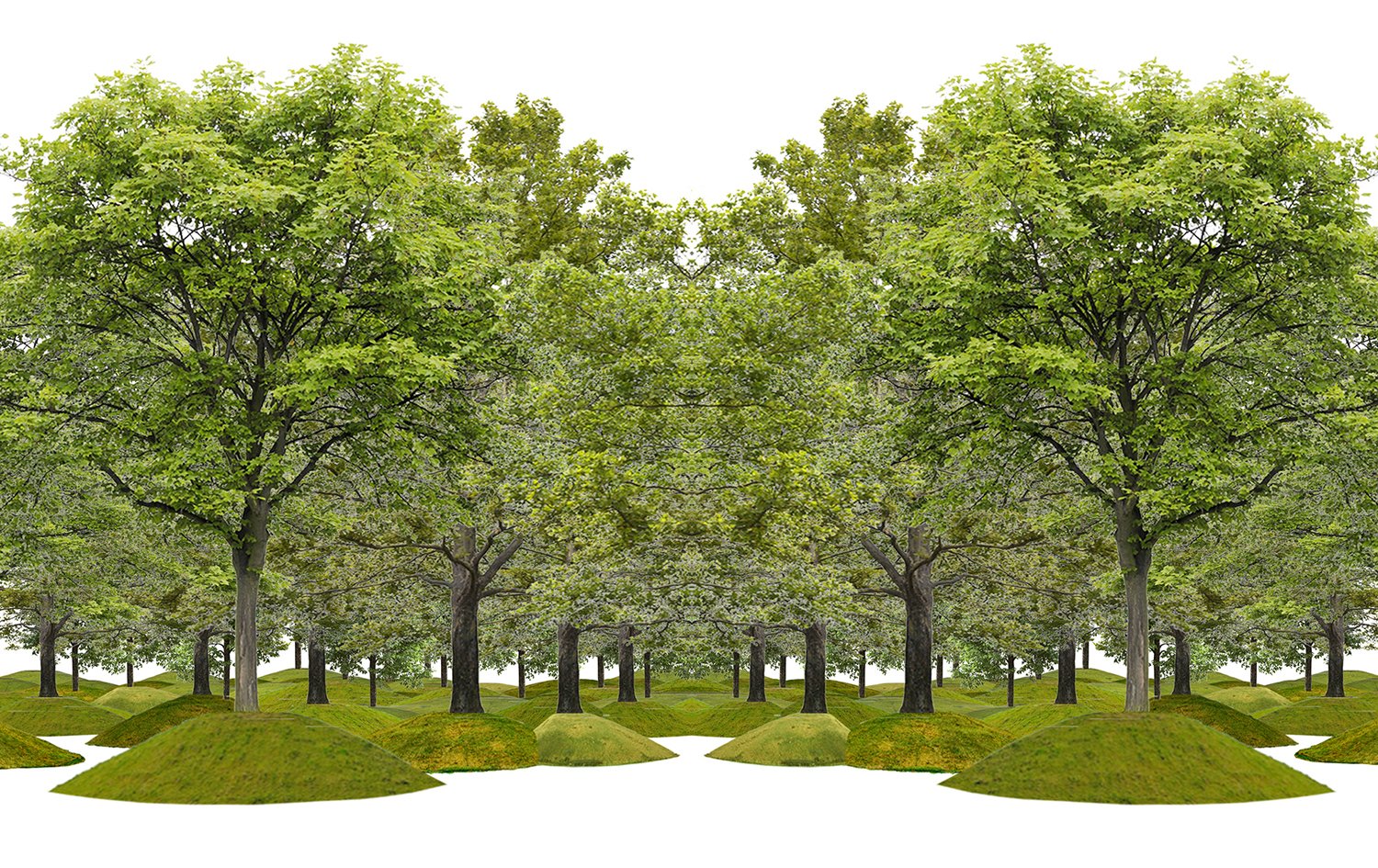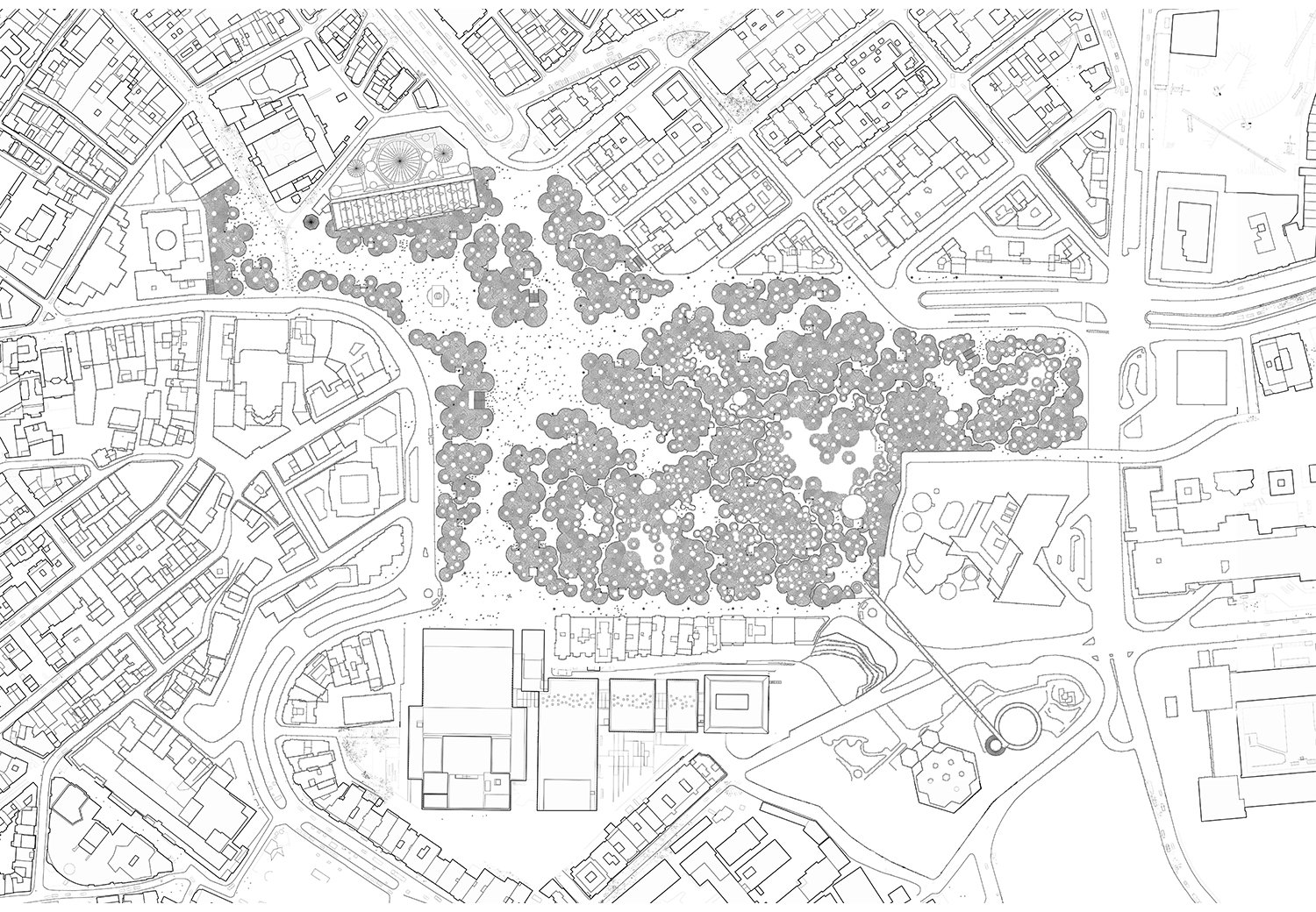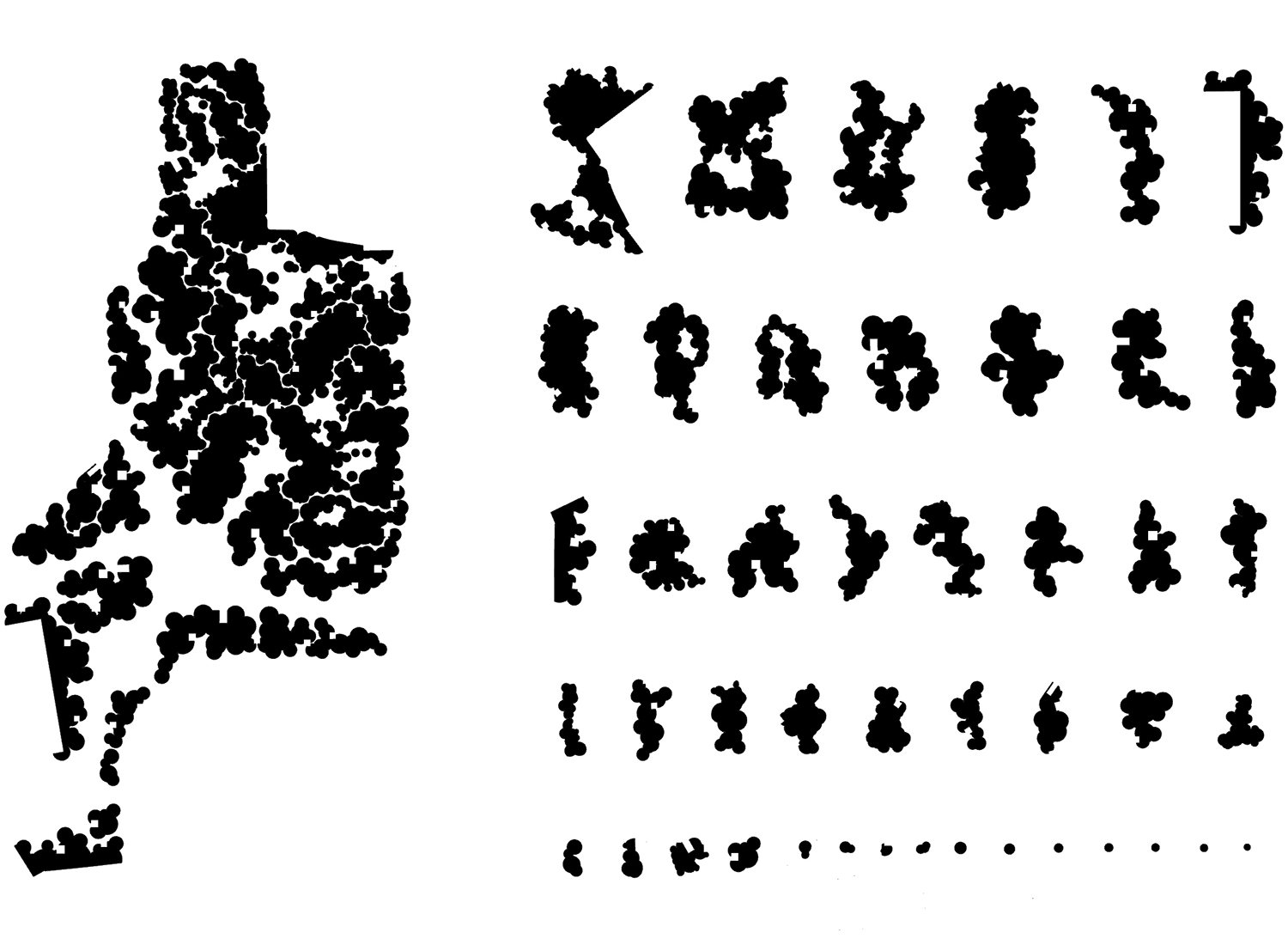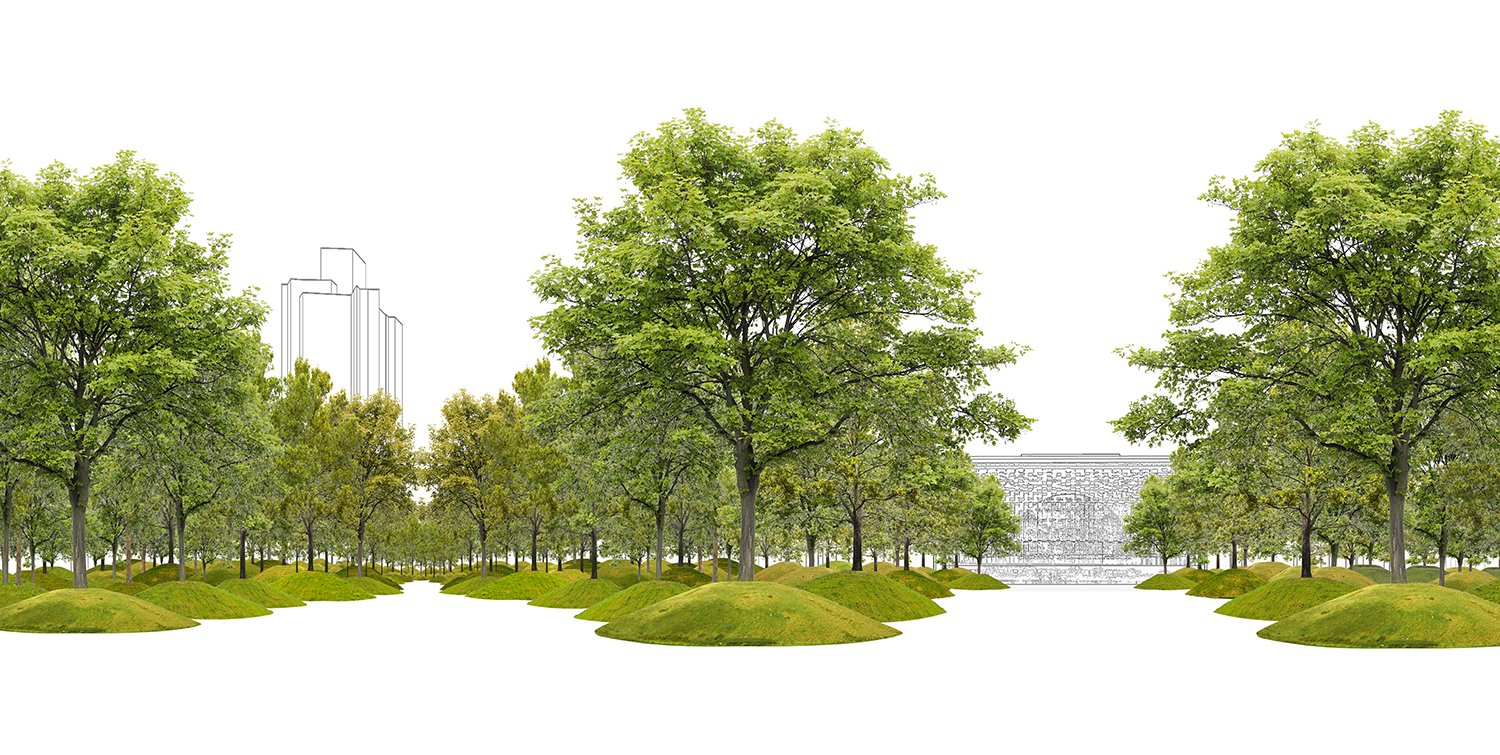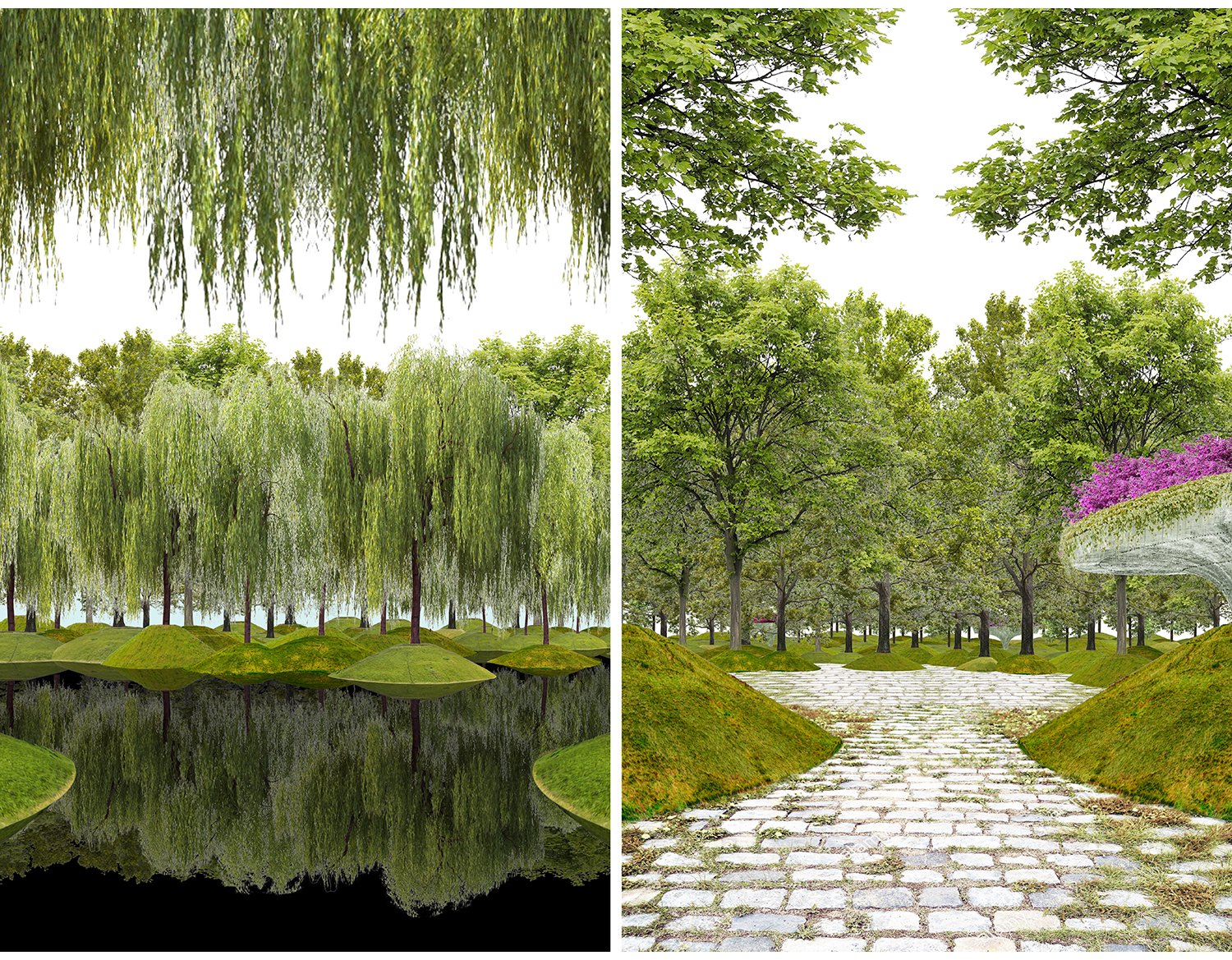Taksim Square
Location: Istanbul, Turkey
Year: 2020
Structure: Soil, Concrete
Type: International Urban Design Competition
Status: Settled
Team: Benjamin Smithers
A Gathering of Clearings
The Shared Environment: The public is not given by the city, it is created by the city. The collective experience of living together transforms the individual from the concerns of the home to those of the community. Public spaces are the ground upon which all those chose to live, work, or visit the city interact in the continual formation of the city. The sharing of these environments brings with it a cultural enrichment and a responsibility to care for its vibrancy and maintain its relevance as a place for gathering. These environments should encourage all to collect as a multitude of individuals. They are dynamic in their engagement of different uses, over different times, at different seasons, and for many generations. In attempting to define how a space in the city could collect these differences, we propose a new sense for how the civic square and the public park may be woven into the flows of the city, an entanglement that encourages interaction and exploration, a transformation that comes from the ground and its multiple meanings for the city, culture, and nature.
The Trees and the Mounds: The proposal presented in the following pages is less the image of a final form than an open-ended strategy of how a culture may involve itself in the very ground that organizes movement and encourages collectivity. The plan is a suggestion, a potential, that is latent in the ground. It can change and adapt over time as the project develops its relation to the city. What provides the order to this system is less an imposed hierarchy of values from a single voice, than the order that emerges out of the ground as the sustenance of growth. This is the tree and its ground. The mound is the protected ground for a single tree. The collection of mounds is a figuration of ground that collects the trees into a forest and organizes multiple areas for human inhabitation. These are episodes; they are plazas, pathways, plateaus, clearings, alcoves, and ponds. The trees and the public negotiate a shared space in the organization of the mounds. This allows the parks and squares to exist together in a variety of different qualities from large formal plazas to the intimate alcoves of privacy. This multiplicity of spaces reflects the diversity of those who share this place. This entanglement of relations creates a park with a constantly changing character as one becomes immersed in the park. These are different for those who use the park daily, for those who come for large gatherings, for those who linger over an afternoon, or for those who pass through. The public created by public space is not uniform and cannot be represented through a singular type of space. Instead, we can only be encouraged to participate in the shared responsibilities of the city, and this requires a space that can collect us through our differences.
© All content © Young & Ayata

